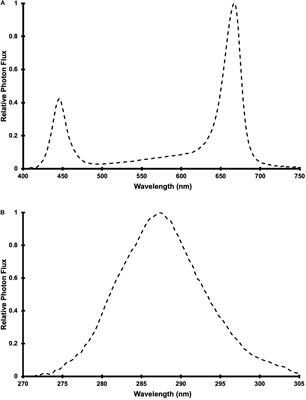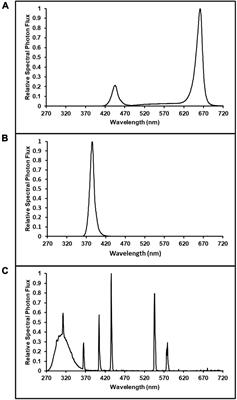Plant can grow without UV but plant with UV will be always better quality.
If for example plants grow in same nutrient solution,same room temp,setup and only difference is with or without UV im shure plant will be better with UV.
Coca can be grown probably everywhere in greenhouses...but it can never have high procent of 1-1.5% in leafs like when its grown on high additudes like it does in some part of south america.
Everything on this world is poison,dosage is what makes the cure.
Shure plants will benefit more with uv than without if you give the right dosage to them.
If for example plants grow in same nutrient solution,same room temp,setup and only difference is with or without UV im shure plant will be better with UV.
Coca can be grown probably everywhere in greenhouses...but it can never have high procent of 1-1.5% in leafs like when its grown on high additudes like it does in some part of south america.
Everything on this world is poison,dosage is what makes the cure.
Shure plants will benefit more with uv than without if you give the right dosage to them.





